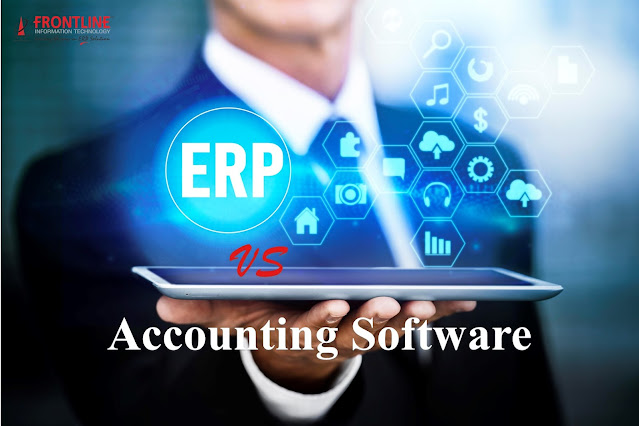8 Ways to Developing a Business Case For an ERP Implementation
Ultimately, every project comes down to
one thing: the potential ROI. There are eight advices for developing a business
case to convince executives to invest in new technology:
1. Relate the problem to the bottom line
Maybe there is a hard
time accessing real-time data. Regardless of the reasoning, the best way to
pitch the strategy is to relate it to the organization’s bottom line.
If they are continually missing deadlines,
then calculate the penalties they would have to pay as a result. Sound
financial reasoning with recommendation will set off on the right foot.
2. Show multiple opportunities for improvement
One purchase, numerous benefits? Most enterprise technologies touch multiple
areas of an organization. This makes them a valuable investment. To strengthen the
value proposition, emphasize each of the ways an ERP system could transform the
organization.
3. Demonstrate long-term usability
Executives aren’t just worried about
today’s results – they must think about tomorrow’s goals as well. In the
long-term, outdated technologies can become hard to use and expensive to
maintain. Modern ERP systems, on the other hand, are more user-friendly and
seamlessly integrate with technologies the company might adopt in the future.
Look for ERP vendors that have a demonstrated history of support, system
updates and long-term ROI.
4. Build credibility through case studies and reports
Corporate decision-makers need data to
rationalize an investment. Most ERP can provide extensive resources to help
build the business case. For example, a success story from another company in same
industry can be convincing to executives.
5. Anticipate failure
Executives are held
responsible when an ERP implementation fails. As a result, they often err on
the side of caution when it comes to expensive technology investments. When
approaching the executive team, don’t just present the reasons why the company should
adopt the new technology. Think through the potential reasons why the company.
6. Set a realistic
Implementing an ERP system doesn’t happen
overnight. While executives may want immediate results, it’s better to give
them realistic expectations. One should account for production testing, user
training and data migration. Map out each milestone and consider building in
extra days for unexpected roadblocks.
7. Offer to monitor, report and analyze
Meet with executives to develop specific
goals and key performance indicators (KPIs). Offer to provide regular status
updates to make the results more visible. This demonstrates that you’re aligned
with their priorities.
8. Liaise between executives and end-users
Once executives are on board, you should
continue to communicate with them regarding end-user needs. Nobody will have
more insight into what’s necessary in an ERP system than the people who
currently own your business processes. You can communicate their pain points up
the chain of command, ensuring the technology you select meets your business
needs.



Comments
Post a Comment